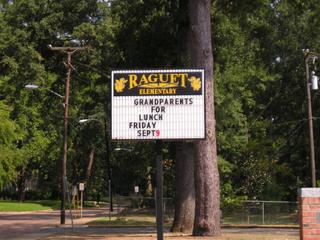
"It's people. Soylent Green is made out of people. They're making our food out of people. Next thing they'll be breeding us like cattle for food. You've gotta tell them. You've gotta tell them!"


"It's people. Soylent Green is made out of people. They're making our food out of people. Next thing they'll be breeding us like cattle for food. You've gotta tell them. You've gotta tell them!"




But, as I've said, the attention to detail and subtlety is pretty remarkable, considering each character is a Lego version of the movie character. Playing as Yoda feels uncannily like what it must be like to be Yoda. When his lightsaber is drawn, the Lego Yoda spins around in a whirlwind of movement that pushes the limits of the Playstation 2 technology. When his lightsaber is off, he walks frustratingly slow, with a cane. That experience is but a very small example of one of many moments in this game that drop you right into the middle of various scenes from the prequels.
This scene from Attack of the Clones:
is one of the coolest levels in the game:


Most of these are extremely difficult, and will probably take you more than a couple of attempts in order for you to make it through them.
Anakin's pod race from The Phantom Menace is one of those that'll make you throw the controller across the room in a fit of rage because it's so challenging. Some of these races and space battles feel like something from an arcade, while some of them remind me of old Genesis games like Subterrania.In addition to the beautiful graphics, the game uses the same sound effects as used in the films. A huge part of any of the episodes, for me, has been the scores of John Williams. The movies would not be the same without his music. Many of the familiar themes are taken from each prequel and used throughout the game, adding a cinematic element.
On a side note, the first three or four times I rented this game, I couldn't get the it to load on my Playstation 2. I would keep getting the dreaded "disc read error" that occurs to users of the early SCPH-30001 Playstation 2 model, with a U serial number. I'd been having this problem from time to time when playing Grand Theft Auto: San Andreas. Newer games often don't load on the earliest Playstation 2s. To compound this issue (as far as playing Lego Star Wars is concerned), Lego Star Wars was made on a blue disc, blue being the hardest color for even the latest Playstation 2s to load. I came across this site which offers a step-by-step way to correct this error. It requires opening up the Playstation 2, so you'll void your warranty if you do it. Mine was old enough that the warranty period was long over. I followed each step, precisely, and can now play both blue discs and San Andreas with no problem.
Lego Star Wars: The Video Game is a tremendously fun game--fun if you pick up the controller and play for just a few minutes, or a couple of hours. Lego now needs to apply this concept to the original trilogy.
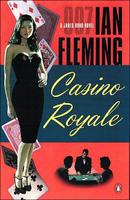

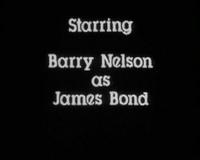


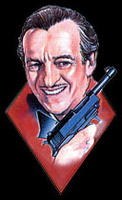


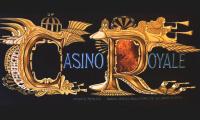

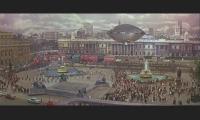
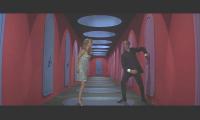

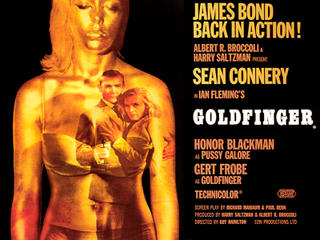






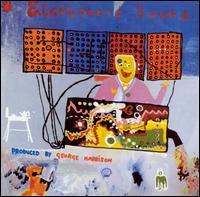



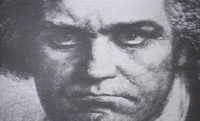
"The popularity of the synthesizer and the success of the company named for Moog took off in rock as extended keyboard solos in songs by Manfred Mann, Yes, and Pink Floyd became part of the progressive sound of the 1970s."--AP
"The sound defined progressive music as we know it," said Keith Emerson, keyboardist for the rock band Emerson, Lake, and Palmer."--AP
We'll forgive you for the progressive rock, Dr. Moog, particularly for the Floyd, but in no way can I, at least, ever, never excuse the Emerson, Lake, and Palmer.
R.I.P.
